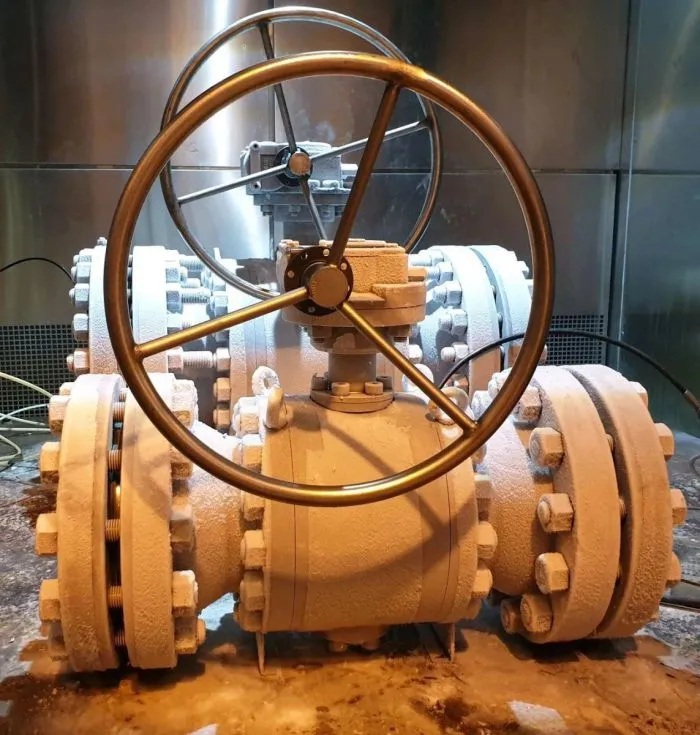Every valve has a different specification and is used for different purposes. Several factors must be considered before purchasing or using a valve. Users may be confused about what kind of valve to choose from a large selection of different valves.
The following will help when selecting a control valve and will ease the selection process for your next project:
- Flow control characteristics: know the maximum and minimum pressure and the acceptable temperature that the fluid will be transferred. Knowing the maximum and minimum inlet and outlet pressure that the valve will handle will help you select a valve with the right specification that meets all of these requirements.
- Fluid to be transferred: the kind of fluid that is to be transferred in the process determines the specification of the valve to use. Control valves control the flow of fluids like natural gas, compressed air, steam, liquefied petroleum, hydraulic fluid, slurry, and water. The valve needs to be suitable for any of this kind of fluid.
- Compatibility with remote systems: the environment for certain processes may be hazardous, and as such, there will be a need for the process control to be done remotely. The kind of valve you select must be suitable for the remote process management systems. This will ensure easy remote control and monitoring.
The temperature of the system media running through a valve and the ambient operating temperature of the process environment are significant factors that determine the kind of valve to use. The process may involve changing temperatures, or the temperature may be kept constant.
The valve selected must account for this temperature fluctuation to avoid expansion and contraction that may affect the flow of the process fluids and materials.
Metallic components can quickly lose strength at a very high temperature. This may affect their pressure ratings and reduce it as time goes on, so it is essential to select the right valve made from the right materials and meet the temperature specification and application needs.
While selecting a valve for different temperatures, it is vital to consider the material it is made of, the operating temperature of the flowing media, and the process temperature.
When choosing a valve in a high-temperature process, materials with low-temperature resistance should not be considered. The kind of valves to consider are ceramic-lined special valves with a cooling jacket structure. Water circulates in the cooling jacket and ensures that the internal metal of the valve remains in place and within the allowable stress range.
When choosing a valve for a process with a low temperature below -29℃, you should select a valve made of low-temperature resistant materials. These kinds of materials have very high toughness and a good heat capacity such that the cooling load from the action would not crack the valve.
The selection of a valve based on temperature depends on the temperature of the fluid media and the ambient temperature of the processing equipment. Different valves are suitable for different temperatures.

